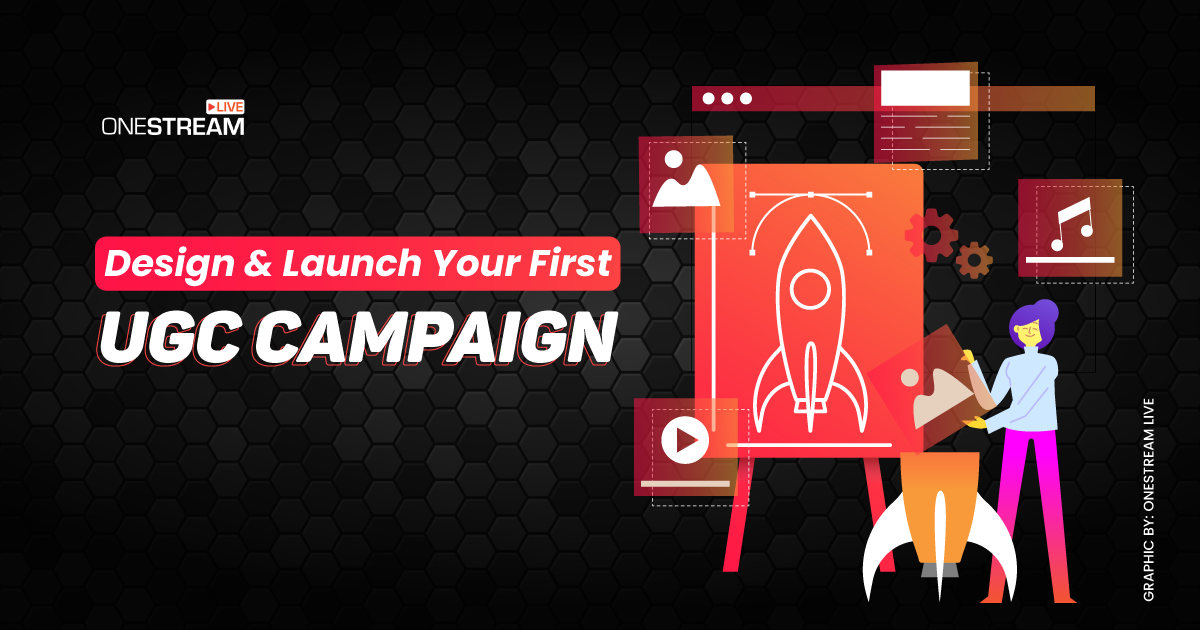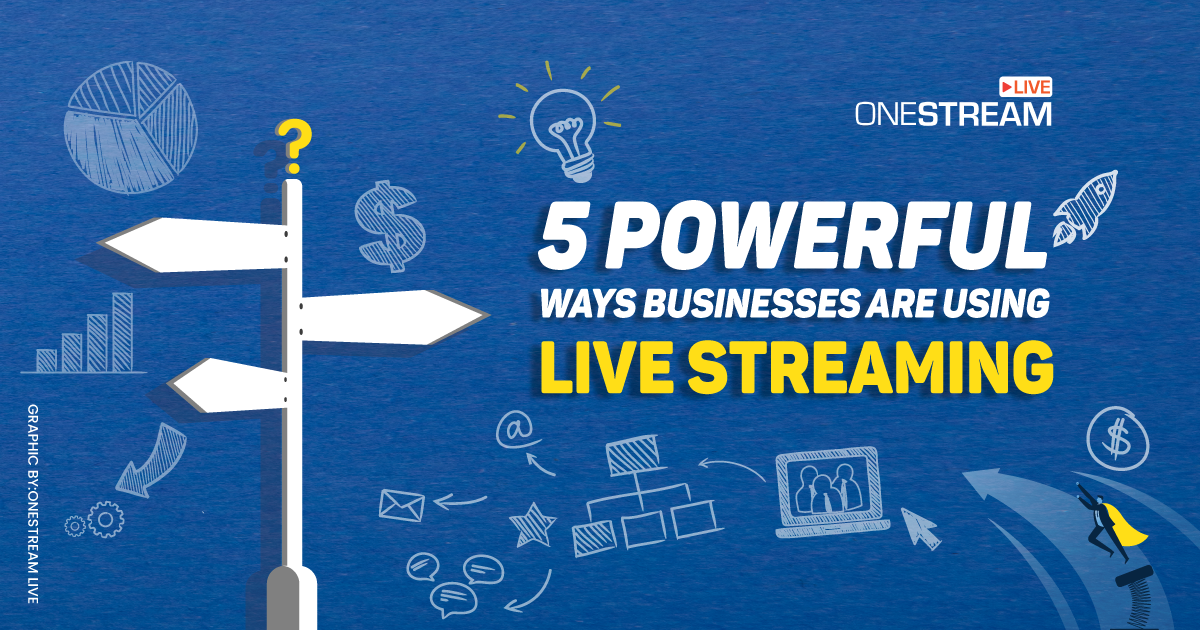Social media is no longer just a platform for connecting with friends; it's a game-changer for businesses aiming to expand their reach and achieve tangible results. In this guide, we'll delve into the strategies and tactics that can help you harness the full potential of social media for your business, whether you're a small startup or a well-established enterprise. Get ready to unlock the secrets of maximizing reach and driving impressive results through effective social media utilization.
1. Developing a consistent brand voice
A brand voice refers to the unique and consistent way in which a brand communicates its messages and expresses its personality through written or spoken content. It encompasses the tone, style, and language a brand uses across various communication channels, such as social media, websites, marketing materials, and customer interactions.
In today's crowded online market, it is crucial for businesses to create a unique and authentic brand voice that resonates with their target audience. Developing a consistent brand voice helps in establishing brand identity and building trust with customers. This can be achieved by determining your brand's personality traits, values, and tone of communication. Consistency across all social media platforms, websites and email newsletters will help customers recognize and connect with your brand.
Here's how you can develop a brand voice:
Know Your Audience: Understanding your target audience is the first step. Identify their age, interests, and communication style. This knowledge will help you tailor your brand voice to resonate with them.
Define Your Brand Personality: Decide on the personality you want your brand to portray. Is your brand friendly, professional, quirky, or authoritative? Choose adjectives that reflect your brand's values and culture.
Consistent Tone and Language: Maintain a consistent tone and language across your social media channels. Whether you're posting on Twitter, Facebook, or Instagram, your audience should recognize your brand voice.
Engage Authentically: Engage with your audience in a genuine and authentic manner. Respond to comments, messages, and mentions with a human touch. Avoid sounding overly scripted or robotic.
Adapt to Platform Nuances: Each social media platform has its own nuances. Tailor your brand voice to fit the norms of each platform while maintaining your overall brand identity.
2. Utilizing user-generated content
One of the most effective ways to engage with your audience and strengthen your brand is by utilizing user-generated content (UGC). UGC refers to any content created by your customers that highlights their positive experiences with your brand. This can include testimonials, reviews, photos, or videos. Sharing UGC on your social media platforms not only builds trust but also encourages more customers to engage with your brand and contribute their own content.
Here's how you can create user-generated content (UGC) for your brand:
Define Clear Objectives: Clearly outline your goals and objectives for generating user-generated content. Whether it's increasing brand visibility, building trust, or driving sales, having a clear understanding of what you want to achieve will guide your UGC strategy.
Create Shareable Content: Develop content that is easily shareable and encourages user participation. This could include interactive posts, contests, challenges, or prompts that invite users to share their experiences with your brand.
Use Hashtags Strategically: Implement branded hashtags to organize and track user-generated content. A unique and memorable hashtag associated with your brand or campaign can help users find and contribute content easily.
Run Contests and Challenges: Host contests or challenges that encourage users to create and share content related to your brand.
Feature User Content: Showcase user-generated content on your official channels, such as social media, website, or marketing materials.

3. Leveraging video content
Videos have become an essential part of any successful social media strategy. With the increasing popularity of platforms like YouTube, TikTok, and Instagram Reels, businesses can leverage video content to capture the attention of their audience. Videos allow you to showcase your products or services, demonstrate their uses, and connect with your audience on a more personal level. Investing in creating high-quality and engaging videos can greatly enhance your social media presence. For instance:
Product Demonstrations and Tutorials: Brands can create engaging video content to demonstrate the features and benefits of their products or services.
Behind-the-Scenes and Company Culture Videos: Sharing behind-the-scenes footage gives customers a glimpse into the inner workings of the business. This humanizes the brand and creates a sense of transparency, helping to build trust with the audience.
Interactive Q&A Sessions and Events: Hosting live Q&A sessions or interactive events can be an excellent way for brands to engage with their audience directly. This could involve inviting industry experts, influencers, or company leaders to participate in a live discussion, answering questions from the audience in real-time.

4. Capitalizing on trending topics
To stay relevant and keep your audience engaged, it is important to capitalize on trending topics and hashtags. Monitoring trends in your industry or related topics can help you create timely and relatable content that resonates with your audience. By participating in conversations around trending topics, your brand can gain visibility and attract new followers and customers.
Let's say you run a social media account for a fitness brand, and you notice that the hashtag #HealthyHabits is trending. To capitalize on this trend, you could create a series of posts or videos that highlight simple and effective healthy habits that align with your brand. For example:
Post 1 (Image):
Caption: "Start your day right with a nutritious breakfast! 🍓🥑 #HealthyHabits #FuelYourFitness"
Include a vibrant image of a healthy breakfast spread featuring your brand's products. By using the trending hashtag and creating content that aligns with the #HealthyHabits theme, you not only contribute to the ongoing conversation but also position your brand as a relevant and valuable resource in the fitness and wellness community. This approach can help increase your brand's visibility, engagement, and attract new followers who are interested in adopting healthy habits.
5. Monitoring and responding to customer feedback
Social media platforms provide a valuable opportunity for businesses to monitor and respond to customer feedback. Keeping an eye on comments, direct messages, and mentions allows you to address any concerns, respond to questions, and engage with your audience. By being responsive and attentive to customer feedback, you can enhance customer satisfaction and loyalty.
Here's how you can effectively monitor and respond to feedback:
Imagine you own a small online boutique called "Fashion Haven," specializing in trendy clothing and accessories. One day, a customer named Sarah posts a comment on your Instagram page expressing disappointment about the delay in receiving her recent order and mentions that she's concerned about the sizing of one of the items.
Monitoring: Use social media management tools to regularly monitor comments on your Instagram posts. Set up alerts for mentions of your brand name, so you can quickly identify when customers are talking about your business.
Identifying the Feedback: Spot Sarah's comment among the others and acknowledge her concerns about the delayed order and sizing issues.
Responding: Reply to Sarah's comment with a personalized and empathetic message. Apologize for the inconvenience and express your commitment to resolving the issues. Provide a direct contact method (email, direct message) for her to share order details privately, ensuring a more personalized and confidential conversation.
Taking Action: Once Sarah contacts you privately, address the delay by checking the order status and providing a clear explanation. If there's a sizing issue, offer a solution, such as a replacement or a refund. Keep her informed throughout the resolution process and ensure timely updates.
Public Acknowledgment: After resolving the issues, go back to the original comment and reply publicly, thanking Sarah for bringing the concerns to your attention and highlighting the steps taken to address them. This shows transparency and a commitment to customer satisfaction.
6. Optimizing your social media profiles
Ensuring that your social media profiles are fully optimized is essential for attracting and retaining followers. This includes using relevant keywords, providing clear and concise descriptions, and using high-quality visuals. Optimized profiles make it easier for potential customers to find your brand and understand what you have to offer.
Here are some necessary steps to optimize your social media profiles:
Use Relevant Keywords: Identify and use keywords relevant to your brand, industry, and products/services. This helps your profile appear in search results when users look for specific topics or products.
Clear and Concise Descriptions: Craft a clear and concise bio or description that succinctly communicates your brand's identity, values, and offerings.
Complete Profile Information: Fill out all available fields in your profile. This may include contact information, business hours, location, and website links. A complete profile provides comprehensive information to your audience.
High-Quality Visuals: Use high-resolution and visually appealing images for your profile picture and cover/banner photos.
7. Cross-promoting on other platforms
Cross-promoting your social media profiles on other platforms such as your website, email newsletters, or other social media accounts can help drive more traffic and followers. By creating a cohesive digital presence across multiple platforms, you can increase your brand's visibility and reach a broader audience.
Strategic Link Placement on Your Website: Place prominent and strategically positioned links or icons on your website that direct visitors to your social media profiles. Consider adding these links in the header, footer, or within dedicated social media sections. Make them visually appealing and easily accessible to encourage visitors to connect with your brand on various social platforms.
Include Social Icons in Email Newsletters: Incorporate social media icons or buttons in your email newsletters. This allows your subscribers to easily connect with your social profiles directly from their email.
Cross-Promote Content Across Social Platforms: Share snippets or highlights of your social media content on other platforms. For example, if you have a strong presence on Instagram, share a teaser image or quote on Twitter or Facebook with a call-to-action to follow you on Instagram for the full content.
8. Hosting giveaways and contests
Everyone loves freebies and contests! Hosting giveaways or running contests on your social media platforms can help increase engagement and attract new followers. Offering prizes or discounts in exchange for participation not only generates excitement but also allows you to collect user data and expand your customer base.
Here are five ideas for your brand:
- Product Giveaway
- Caption or Slogan Contest
- Share-to-Enter Flash Sale Contest
- Trivia Quiz and Giveaway
- Brand-themed Photo Contest
9. Implementing social media listening
In order to effectively engage with your audience and stay updated on their preferences, implementing social media listening tools can be extremely beneficial. These tools allow you to monitor conversations revolving around your brand or industry, identify opportunities for engagement, and gain insights into customer preferences and opinions.
For instance, if you run a coffee shop named "Bean Bliss" in a bustling city. To enhance your social media strategy, you decide to implement social media listening tools. Here's how you can leverage them:
Monitoring Brand Mentions: Use social media listening tools to track mentions of your coffee shop's name, variations, and any associated hashtags.
Identifying Trends and Preferences: Analyze the data collected by the listening tools to identify emerging trends and customer preferences.
Gathering Customer Feedback: Social media listening tools allow you to gather feedback by monitoring comments and direct messages. If a customer posts about their experience, whether positive or negative, you can respond promptly.
Competitor Analysis: Extend your social media listening to monitor mentions of competitors. Understand what customers are saying about similar businesses and products.
10. Measuring ROI on social media efforts
Measuring the Return on Investment (ROI) on your social media efforts is crucial to determine the success of your strategy. There are various metrics to consider, including engagement rate, reach, conversions, and customer acquisition cost. Analyzing these metrics regularly and making data-driven adjustments can help optimize your social media strategy and ensure that your efforts are yielding measurable results.
Tracking Key Metrics: Monitor relevant metrics based on goals, such as engagement, click-through rates, conversion rates, and customer acquisition costs. Use analytics tools provided by social media platforms to gather data.
Attribution Modeling: Implement attribution models to understand how social media contributes to conversions. Evaluate the customer journey across various touchpoints and determine the impact of social media interactions on the final conversion.
Assigning Monetary Value: Assign a monetary value to social media metrics, such as the value of a lead or the revenue generated from a social media-driven sale. This helps in quantifying the financial impact of social media efforts.
Comparing Costs and Returns: Calculate the costs associated with social media campaigns, including ad spend, content creation, and management. Compare these costs with the monetary value generated through social media activities to assess overall ROI.
Utilizing UTM Parameters: Implement UTM parameters in tracking links to attribute website traffic and conversions specifically to social media campaigns.
Final Word:
In conclusion, implementing these strategies can help businesses maximize their social media presence and effectively engage with their audience. By developing a consistent brand voice, utilizing user-generated content, leveraging video content, capitalizing on trending topics, and analyzing data, businesses can cultivate a strong and successful social media.
The Tech Junction is the ultimate hub for all things technology. Whether you're a tech enthusiast or simply curious about the ever-evolving world of technology, this is your go-to portal. If you want to write for us or have any feedback feel free to email us.




